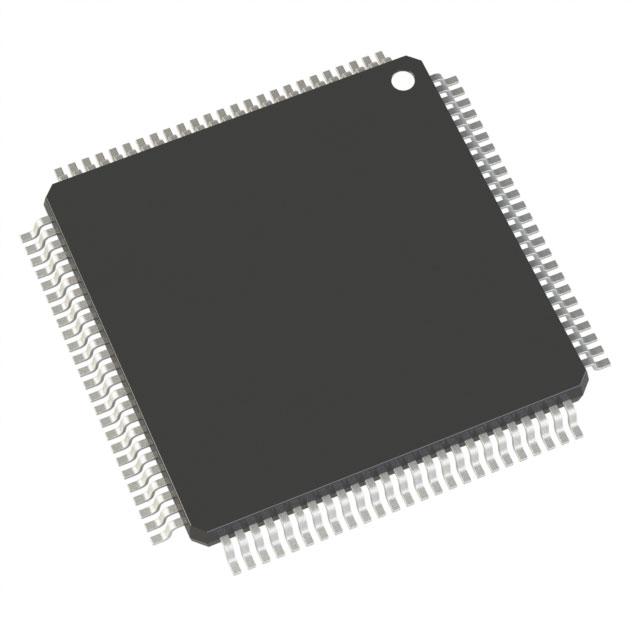

Microchip Technology
PIC18F97J60T-I/PT
Microcontrollers




.png?x-oss-process=image/format,webp/resize,p_30)


PIC18F97J60T-I/PT Description
The Microchip Technology PIC18F97J60T-I/PT is a high-performance microcontroller (MCU) that belongs to the PIC18F97J60 family. This MCU is designed for a wide range of applications, including industrial control, automotive systems, and consumer electronics.
Description:
The PIC18F97J60T-I/PT is a 16-bit microcontroller that features a powerful Harvard architecture, which allows for separate program and data memory spaces. This architecture enables efficient execution of code and data handling. The device is based on the enhanced mid-range PIC18F architecture and operates with a maximum frequency of 40 MHz.
Features:
- Core: 16-bit CPU with enhanced mid-range PIC18F architecture.
- Memory: 128KB Flash program memory, 16KB RAM, and 1KB EEPROM.
- Clock: Internal oscillator with a maximum frequency of 40 MHz.
- I/O: 40 digital I/O pins, including 5-volt tolerant inputs.
- Communication: UART, SPI, I2C, and CAN 2.0B controller.
- Timers: 5 timers, including 2 enhanced resolution timers and 3 capture/compare/PWM modules.
- ADC: 10-bit A/D converter with up to 8 channels.
- DAC: 10-bit D/A converter.
- Security: Secure Microcontroller with unique ID, password protection, and encryption options.
- Power: Low-power modes to optimize energy consumption.
Applications:
- Industrial Control: Programmable logic controllers (PLCs), motor control, and sensor interfacing.
- Automotive Systems: Engine management, body control modules, and anti-lock braking systems (ABS).
- Consumer Electronics: Home appliances, gaming consoles, and portable devices.
- Medical Equipment: Patient monitoring systems, diagnostic equipment, and portable medical devices.
- Telecommunications: Modems, routers, and other network equipment.
- Renewable Energy: Solar panel control, battery management systems, and energy management.
- Security Systems: Access control, surveillance cameras, and alarm systems.
The PIC18F97J60T-I/PT is a versatile and powerful microcontroller that can be used in a wide range of applications where high performance, advanced communication interfaces, and low power consumption are required. Its robust security features also make it suitable for applications where data protection and system integrity are critical.
Tech Specifications
PIC18F97J60T-I/PT Documents
Download datasheets and manufacturer documentation for PIC18F97J60T-I/PT
 PIC18F97J60 Silicon Errata
PIC18F97J60 Silicon Errata  Bond Wire 11/Jun/2019
Bond Wire 11/Jun/2019  PIC18Fx6J6x, x7J65 Programming Specification PIC18F97J60 Family Datasheet
PIC18Fx6J6x, x7J65 Programming Specification PIC18F97J60 Family Datasheet  MBB/Label Chgs 16/Nov/2018 Label and Packing Changes 23/Sep/2015
MBB/Label Chgs 16/Nov/2018 Label and Packing Changes 23/Sep/2015  PIC18F97J60 Development Tool Selector
PIC18F97J60 Development Tool Selector  PIC18Fx6J6x, x7J65 Programming Specification PIC18F97J60 Family Datasheet
PIC18Fx6J6x, x7J65 Programming Specification PIC18F97J60 Family Datasheet  Errata/Datasheet Update 07/Aug/2014 Palladium Copper Wire 05/Nov/2013
Errata/Datasheet Update 07/Aug/2014 Palladium Copper Wire 05/Nov/2013  Microchip CA Prop65 Microchip RoHS Microchip REACH
Microchip CA Prop65 Microchip RoHS Microchip REACH Relevant Search
Shopping Guide














.png?x-oss-process=image/format,webp/resize,h_32)










